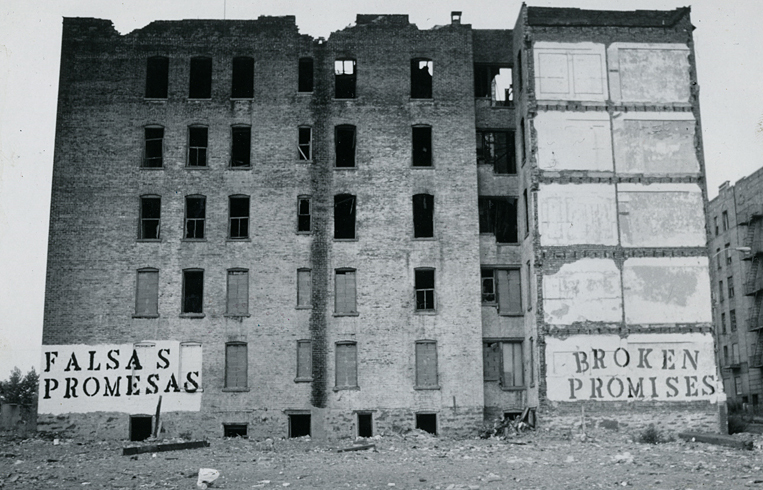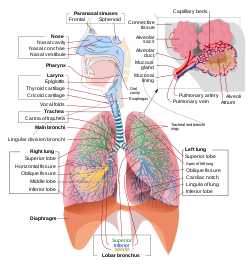 Jay-Z and Alicia's Key's song "Empire State of Mind" has become the new national anthem of New York City, displacing Sinatra's "New York, New York." As Jay-Z declares from the start, he is "the new Sinatra," paraphrasing his predecessor: "since I made it here, I can make it anywhere." Indeed, the song and video retell that classic myth of the American dream of the immigrant arriving in the city and, through hard work and determination, achieving financial success. In this version, though, Shawn Carter is the protagonist, as the rapper tells his own autobiographical, rags to riches story, growing up in the Marcy Projects to become CEO of Def-Jam Records.
Jay-Z and Alicia's Key's song "Empire State of Mind" has become the new national anthem of New York City, displacing Sinatra's "New York, New York." As Jay-Z declares from the start, he is "the new Sinatra," paraphrasing his predecessor: "since I made it here, I can make it anywhere." Indeed, the song and video retell that classic myth of the American dream of the immigrant arriving in the city and, through hard work and determination, achieving financial success. In this version, though, Shawn Carter is the protagonist, as the rapper tells his own autobiographical, rags to riches story, growing up in the Marcy Projects to become CEO of Def-Jam Records.
At the beginning of the video, he raps about his origins in Bedford-Stuyvesant, Brooklyn--"Yeah I'm out that Brooklyn...I'm out that BedStuy"--even referencing his former address of the Marcy Projects at "560 State Street." He makes several dutiful "keeping it real" claims to still be grounded and connected to that neighborhorhood: "I'll be hood forever" and"I brought my boys with me." But it is clear that Jay-Z is on the rise as his opening "Yeah I'm out of BedStuy" is quickly followed by "Now I'm down in Tribeca / Right next toDeniro." Much of the song consists of Jay-Z's boasting about the many new and exclusive places that his money and power can take him. Sitting courtside in Madison Square garden, he is close enough to trip a referee. "Empire State of Mind" is much more a celebration of these monumental sites and privileged points of view, than the democratic public spaces of New York City. [267]
 Visually, Jay-Z's American dream narrative is told through his movement from the street corner to the corner office. Inthe earlier shots in the video, Jay is shot in street clothes singing on street corners throughout the city. From 2:35 to 3:20, though, when he raps the third and final verse of the song, we see him in the corner office looking out a large window over the city, the Empire State Building in the background. A second visual clue to Jay-Z success is the repeated aerial views of the city that also contrast the earlier corner perspectives. This is a powerful, totalizing view, one that can gather in the entire city in a single glance, or gas up the (private) jet and escape for a weekend.
Visually, Jay-Z's American dream narrative is told through his movement from the street corner to the corner office. Inthe earlier shots in the video, Jay is shot in street clothes singing on street corners throughout the city. From 2:35 to 3:20, though, when he raps the third and final verse of the song, we see him in the corner office looking out a large window over the city, the Empire State Building in the background. A second visual clue to Jay-Z success is the repeated aerial views of the city that also contrast the earlier corner perspectives. This is a powerful, totalizing view, one that can gather in the entire city in a single glance, or gas up the (private) jet and escape for a weekend.

 Visually, Jay-Z's American dream narrative is told through his movement from the street corner to the corner office. Inthe earlier shots in the video, Jay is shot in street clothes singing on street corners throughout the city. From 2:35 to 3:20, though, when he raps the third and final verse of the song, we see him in the corner office looking out a large window over the city, the Empire State Building in the background. A second visual clue to Jay-Z success is the repeated aerial views of the city that also contrast the earlier corner perspectives. This is a powerful, totalizing view, one that can gather in the entire city in a single glance, or gas up the (private) jet and escape for a weekend.
Visually, Jay-Z's American dream narrative is told through his movement from the street corner to the corner office. Inthe earlier shots in the video, Jay is shot in street clothes singing on street corners throughout the city. From 2:35 to 3:20, though, when he raps the third and final verse of the song, we see him in the corner office looking out a large window over the city, the Empire State Building in the background. A second visual clue to Jay-Z success is the repeated aerial views of the city that also contrast the earlier corner perspectives. This is a powerful, totalizing view, one that can gather in the entire city in a single glance, or gas up the (private) jet and escape for a weekend.
As Michel de Certeau wrote of this top-down concept of the city from atop the World Trade Center, the corner-office perspective that Jay-Z cultivates in the video "makes the complexity of the city readable, and immobilizes its opaque mobility in a transparent text." For both De Certeau and Jay-Z, it is perspective that expresses, above all, power. It is literally, the viewpoint of corporate America, which hip hop moguls like Jay-Z have never been shy about celebrating (and perhaps rightly so). Just being there to take it in requires a certain level of access. But it also demonstrates a mastery of the city, a knowledge that one has successfully navigated the mysteries and dangers of the underworld. What such a view point denies is the validity of the million individual struggles of the democratic grid below, though Jay gives New York immigrants a brief nod in his second verse.
Alicia Key's repeated mythic chorus connects Jay-Z's story to the broader one of the American dream:
"Concrete jungle where dreams are made of,There's nothing you can't do,Now you're in New York!These streets will make you feel brand new,The lights will inspire you,Let's hear it for New York, New york, New York."
In his second and third verses, though, Jay-Z qualifies this universal fantasy of urban opportunity. While he clearly things of his own experience in relation to the broader "melting pot" of the city, he first warns immigrants there are "8 million stories out their and they're naked / city it's a pity half of y'all won't make it." Then, he devotes the entirety to lurid stories of fallen women in the city. The bright lights that inspire in Key's chorus, for these women, are "blinding": "the city of sin is a pity on a whim / good girls gone bad, the city's filled with them." Like Crane in Maggie, Girls of the Streets, Jay-Z warns of the dangers of the city for a women who does not carefully navigate it's dangers.
(On the Blueprint 3 Tour, Jay-Z performed before a recreated New York City skyline on stage:)








